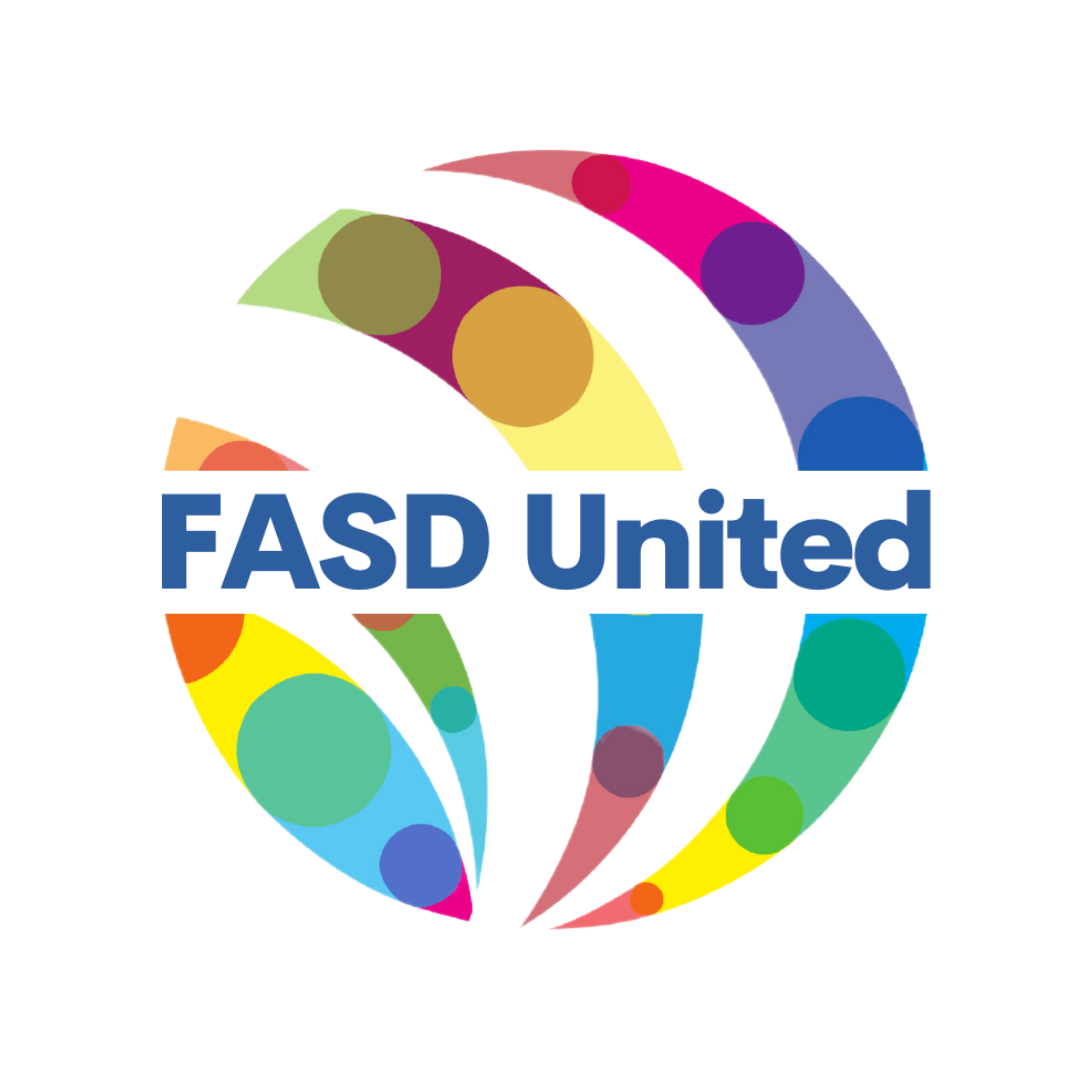Your cart is currently empty!
National Back to School Prep Day: Educational Support for People with FASD
This National Back to School Prep day, FASD United wanted to share some tips and tricks to make the transition into a new school year as smooth as possible for students with FASD. With a prevalence of 1 in 20, there is likely at least 1 student with FASD in every classroom. Students with FASD can face unique challenges when in the classroom, so it is essential to make sure that their back to school experience is as comfortable, and exciting as possible.
One way to prepare for back to school season is establishing a routine. Having a daily routine consisting of a schedule for waking up, eating meals, and getting ready for the day can help reduce anxiety and improve focus. Check out this resource under the Tools for Parents and Caregivers section of our website for more information on routines!

An additional element for supporting kids with FASD going back to school is making sure that they are in a supportive learning environment. The first step in creating a positive environment can be visiting the school or classroom before the first day, so that the child can be familiar with the space. This can also help reduce anxiety or nerves about going into the classroom, making the student feel comfortable with the new space they are learning in. Getting a first look at a classroom can also be helpful if you wish to have a specific seating arrangement, where a student with FASD can be seated in a preferred spot, perhaps away from distractions or closer to their teacher.
Another resource that FASD United provides is our Meet the Student tool. This Meet the Student resource is a form for students to fill out for their teachers. This form notifies their teachers that they have FASD and gives the student an opportunity to tell their teacher anything they would like to know about themselves. In addition, this tool contains a Tips that can help me in the classroom page where the teacher can learn about how to make their classroom a place where students with FASD can thrive. This tool is available for both teens and youths!
Furthermore, it is important to know that students with FASD have access to 504’s and/or Individualized Education Plans (IEPs). It is also essential to note the difference between a 504 and IEP so you can choose what is best for your child. A 504 is a plan for how a school will provide free support and remove barriers so a student can learn alongside peers and requires a medical diagnosis. A IEP is a written plan that provides free special education services and related supports to meet a child’s unique needs and also includes specialized instruction (The Difference, n.d). By knowing the difference between a 504 and IEP, you can advocate for the most helpful plan for your child to ensure they have the tools they need to succeed academically and socially.
Do not hesitate to reach out to your school’s special education department or our team of family navigators for more questions or information. Teachers can also access our Fact Sheet for Teachers listed on our website for more information on how to make the classroom a safe space for children with FASD.Together, we can create an inclusive and supportive learning environment for every student, of every background. Here’s to a successful school year, filled with growth, learning, and achievement! You’ve got this!
